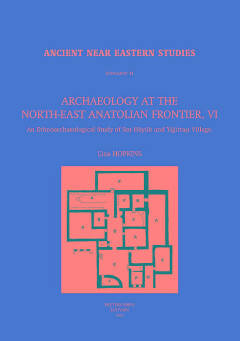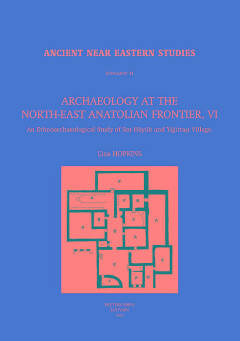
- Afhalen na 1 uur in een winkel met voorraad
- Gratis thuislevering in België vanaf € 30
- Ruim aanbod met 7 miljoen producten
- Afhalen na 1 uur in een winkel met voorraad
- Gratis thuislevering in België vanaf € 30
- Ruim aanbod met 7 miljoen producten
Zoeken
Omschrijving
The creation of a model to explain the transforms between behaviour and material remains is the underlying, structuring principle of ethnoarchaeology. Despite the value of this interpretative paradigm for archaeology in broadening the interpretative bases upon which archaeological analysis is carried out, very few studies have focused on the Near East. The approach taken by this research project has attempted to characterise similarities and differences in each of the settlement levels at the ancient mound site of Sos Hoyuk. Analogy is drawn between the processes and conditions that structure behaviour in a modern village setting and the patterning left behind by such processes in the past. Although the village of Yigittasi is located on the same site as the ancient settlements of Sos Hoyuk, there is no simple correspondence between modern and ancient.
Specificaties
Betrokkenen
- Auteur(s):
- Uitgeverij:
Inhoud
- Aantal bladzijden:
- 184
- Taal:
- Nederlands
- Reeks:
Eigenschappen
- Productcode (EAN):
- 9789042911550
- Verschijningsdatum:
- 5/06/2003
- Uitvoering:
- Hardcover
- Formaat:
- Genaaid
- Gewicht:
- 762 g

Alleen bij Standaard Boekhandel
+ 180 punten op je klantenkaart van Standaard Boekhandel
Beoordelingen
We publiceren alleen reviews die voldoen aan de voorwaarden voor reviews. Bekijk onze voorwaarden voor reviews.











